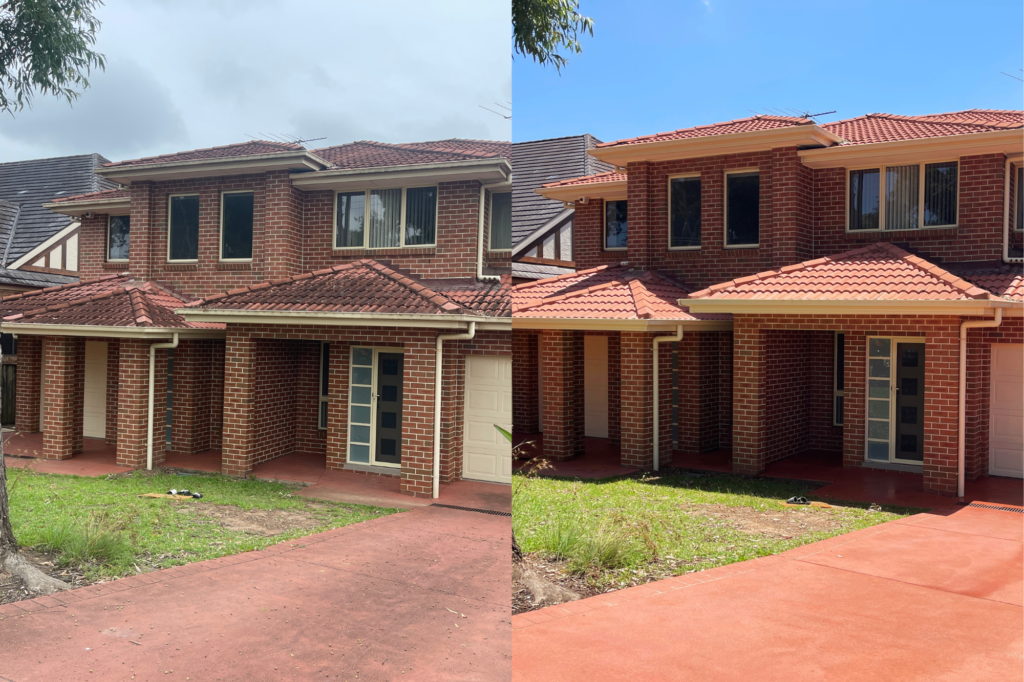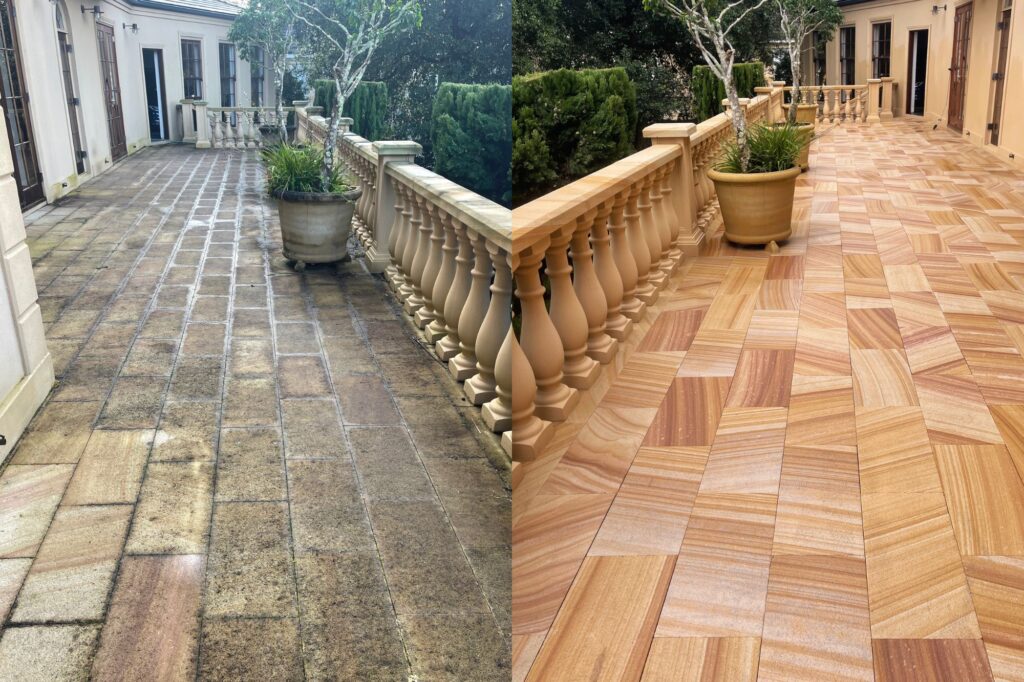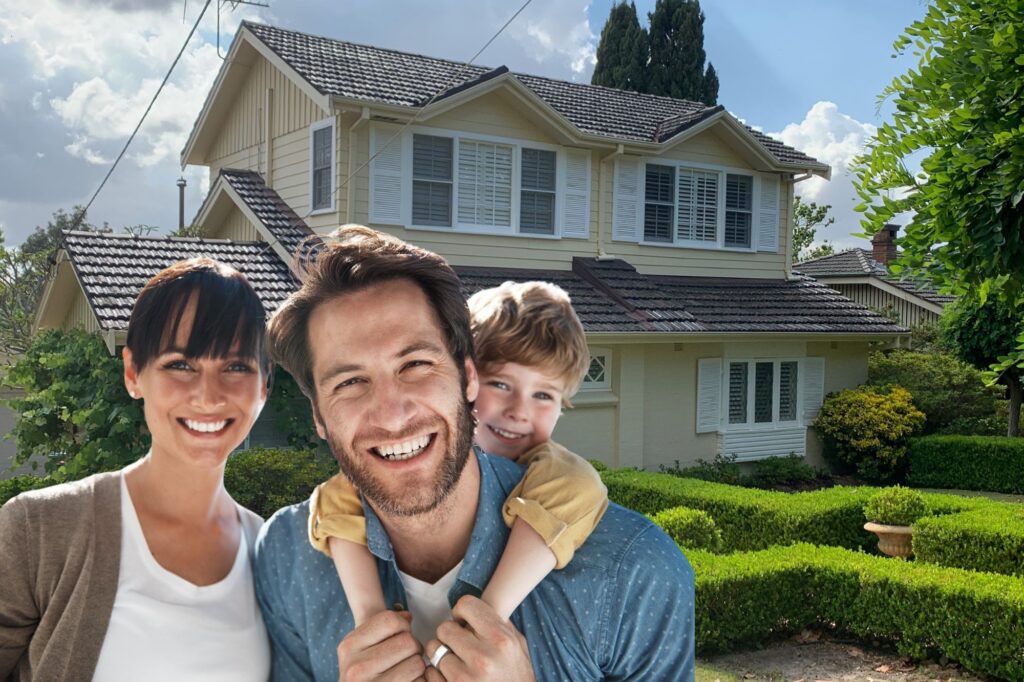0421 675 037
Welcome to EnviroClean Sydney, home to high-quality, affordable pressure washing and exterior cleaning services. Since 2017, we’ve been the go-to choice for many homeowners across Sydney, offering a comprehensive range of services to keep your property looking its best.
In a hurry? Drop us your details and we’ll get back to you today!
As a family-owned business, we take pride in delivering exceptional exterior cleaning results that exceed expectations while prioritising affordability, safety and environmental sustainability.



















A free quote is quick and easy and in most cases can be done online. No charge, no obligations.
When you accept your quote we will work to your schedule and send you a booking confirmation.
We will do the work, professionally, quickly and ensure you are totally satisfied.
With over half a decade of experience in the exterior cleaning industry and state of the art custom equipment, we have the knowledge, skills, and expertise to handle even the most challenging exterior cleaning projects with confidence and precision.
At EnviroClean Sydney, your satisfaction is our top priority. We stand behind the quality of our workmanship with a 100% satisfaction guarantee, ensuring that you're completely happy with the results of our exterior cleaning services before we leave.
We prioritise eco-friendly practices and sustainable solutions in our exterior cleaning processes whenever possible. From using biodegradable products to minimising water usage, we're committed to reducing our environmental footprint while delivering exceptional results.
We believe that quality should never come at the expense of affordability. That's why we offer competitive pricing on all of our exterior cleaning services, ensuring that you receive the best value for your investment. Even if you have another quote, we might be able to beat but up to 10%.
At the heart of our mission is a dedication to excellence in every aspect of residential exterior cleaning. From roof to driveway we deliver meticulous results that exceed expectations, ensuring that your home shines with renewed vitality. With a focus on quality, affordability, and professionalism, we aim to set the standard for exterior cleaning services in Sydney and beyond.
At EnviroClean Sydney, integrity forms the cornerstone of our business. We maintain transparency, honesty, and accountability in every job. We provide transparent fixed price quotes online, we provide complete documentation with your quote that fully describes the services offered, our terms and conditions, what to expect, and how to prepare your home. We explain both the pros and cons and we are quick to answer any questions you may have. At EnviroClean we believe good communications and clear expectations are the foundation of a good agreement.
Environmental responsibility is key foundation of our operation. We understand the importance of preserving our planet, which is why we prioritise eco-friendly practices and sustainable solutions in our cleaning processes whenever possible. From using biodegradable cleaning products to minimising water and fuel usage, we strive to minimise our environmental footprint while maximising the impact of our services.
EnviroClean Sydney offers a comprehensive range of exterior cleaning services to meet all of your home maintenance needs. Whether you’re looking to refresh your roof, rejuvenate your driveway, or remove mould and mildew from your house, EnviroClean is here to help.
Ready to experience the EnviroClean Sydney difference for yourself? Contact us today to schedule your free consultation and discover how we can transform your home with our professional exterior cleaning services. Together, let's create a cleaner, safer, and more beautiful environment for you and your family to enjoy.


We are committed to the highest quality in exterior residential cleaning, mould and mildew management, pressure washing and soft washing.